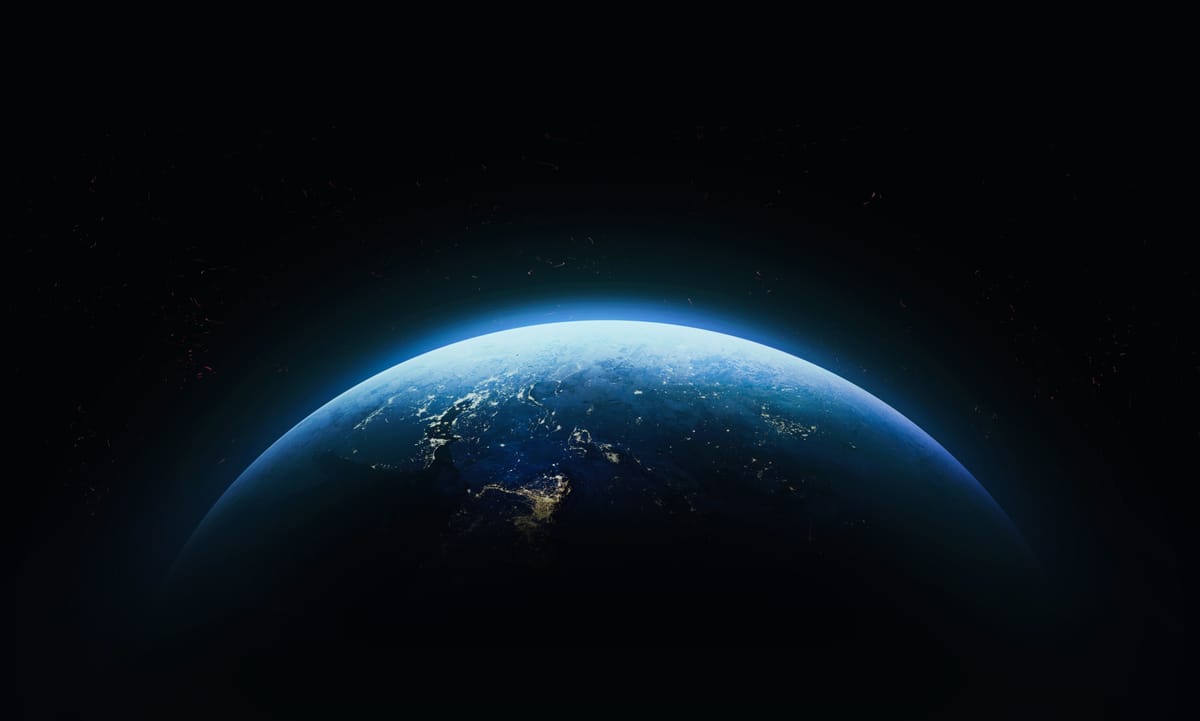Community, content, and capital can accelerate the climate ecosystem.
After studying business as an undergraduate at NYU Stern, I went to work in City Hall. I hadn't intended to enter government so early in my career, but working in an administration led by an entrepreneur like Mike Bloomberg was an incredibly unique learning opportunity. I saw firsthand how embracing data and technology could improve the public sector and how coalitions of mayors and business leaders could change narratives and advance meaningful policy reform on gun violence, immigration, infrastructure, and more.
As the new media director for national issues, I led efforts to develop engaging digital media and campaigns to mobilize public support. In the early days of social media, we used informative and inspiring content to educate and engage communities across the country and channeled their interest into impact, changing policies at the local, state, and national levels.
When I left City Hall, I started working with nonprofit and political organizations of all sizes and across various issue areas. Over and over again, I saw how smart strategies could break down complex issues, cultivate communities, and connect supporters to solutions.
One of the organizations I advised for several years was the Clinton Global Initiative. With CGI, I watched President Clinton unite cross-sector leaders to solve some of the planet's most pressing challenges. The blended intellectual and financial capital he rallied showed the progress that was possible, when, as President Clinton would say, people came together in "networks of creative cooperation." Year after year, public, private, and philanthropic leaders collaborated to deliver meaningful outcomes for millions of people worldwide.
The strategies were also evident in our work at Only One, an organization I cofounded in 2020 that combined content, campaigns, and crowdfunding to advance ocean conservation. We mobilized over two million supporters to take action for the ocean by embracing storytelling, technology, and growth strategies. Supporters helped secure more than 340,000 km² of marine protections, unlocked critical finance for small island nations impacted by climate change, stopped harmful practices and overfishing, and advanced many other vital campaigns with partners worldwide. As part of this community, nearly 8,000 monthly donors helped plant more than four million mangroves and 120,000 corals and removed 200,000 kilograms of plastic from the ocean.
Only One was my first deep dive into climate. In a short time – and as a result of decades of work before us by advocates in the climate and ocean communities – I saw significant and hopeful progress on climate policy. Nations committed at the biodiversity COP15 in 2022 to protecting 30% of land and ocean by 2030. In another agreement, countries created a High Seas Treaty framework to protect ocean areas outside national jurisdiction. Progress was also made on a global treaty on plastics in parallel to public policy shifts at the local level.
While our campaigns at Only One focused on advocacy, I became even more interested in how we could advance climate action in the private sector. A High Level Panel report outlined how ocean-based solutions could close one-third of the emissions gap needed to keep the planet on a pathway toward net zero by 2050. This included embracing ocean-based renewable energy, decarbonizing shipping, and dietary shifts toward more sustainable protein. To highlight and accelerate these solutions, we launched the Blue Climate Collective with over 75 start-ups advancing ocean-based climate solutions
With the Collective, I saw how we needed to expand climate innovation much faster to realize its environmental and economic potential fully. In the private sector, we needed to find opportunities to commercialize promising science, support early-stage startups, and invest in expanding proven models. In some cases, market innovations still require public policy and financing to make economic opportunities more attractive.
We know the science. We often even know the solutions. What we need now is scale.
The impact and innovation needed to solve the climate crisis and save the planet will require more cross-sector collaboration and significant scale. We need continued education and engagement to shift public policy and public perception about what is achievable and possible with a future green economy. We must mobilize significant public and private sector commitments to drive investments across the capital stack. And we need more collaboration across the community – scientists and entrepreneurs, artists and activists, investors and innovators – sharing ideas and working together to tackle the climate crisis.
As noted above, the private and public sectors have made notable progress in addressing the climate crisis. We are running out of time as the planet approaches devastating tipping points with negative feedback loops that make inaction increasingly costly. The question remains whether our actions on climate will be enough and whether these actions will scale fast enough.
To answer this challenge, I'm excited to launch Tectonic, a new media platform, creative agency, and strategic advisory to accelerate the climate ecosystem.
With a talented team that can produce creative and compelling content, a community of climate leaders sharing resources and expertise, and a network of partners with blended capital, we will help foster collaboration and innovation to scale sustainable solutions.
We will amplify leaders who are activating civil society and shaping public policy and entrepreneurs scaling solutions to propel progress toward a net zero future. We will highlight the innovations advancing climate action, and work to marshal interest and investment to help innovators scale. And we will build a community of collaborators working to fix the climate for people and the planet.
The vision for Tectonic is significant, but so are the consequences of climate and, conversely, the potential upsides if we get this right. We can still do big things when we work together, and perhaps nothing is bigger and more important than creating a more sustainable and equitable planet – for all of us and for generations to come.
Let's get to work.



